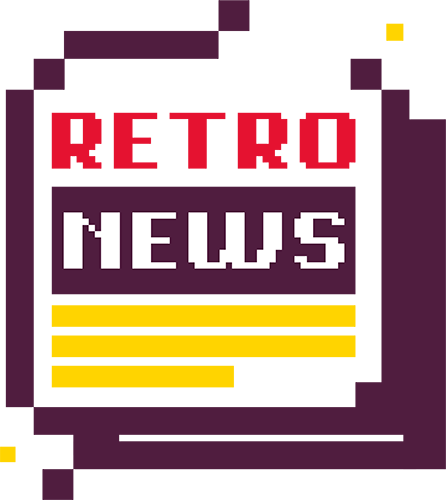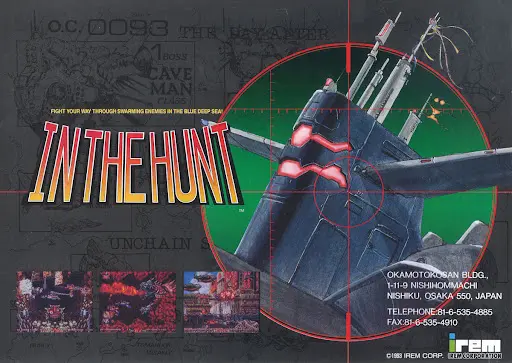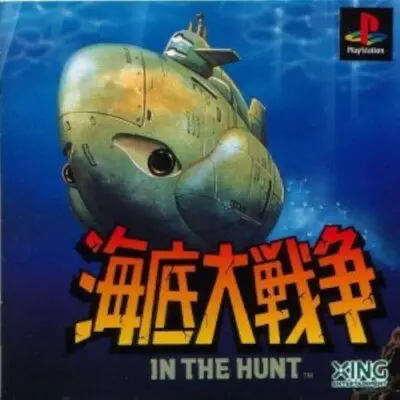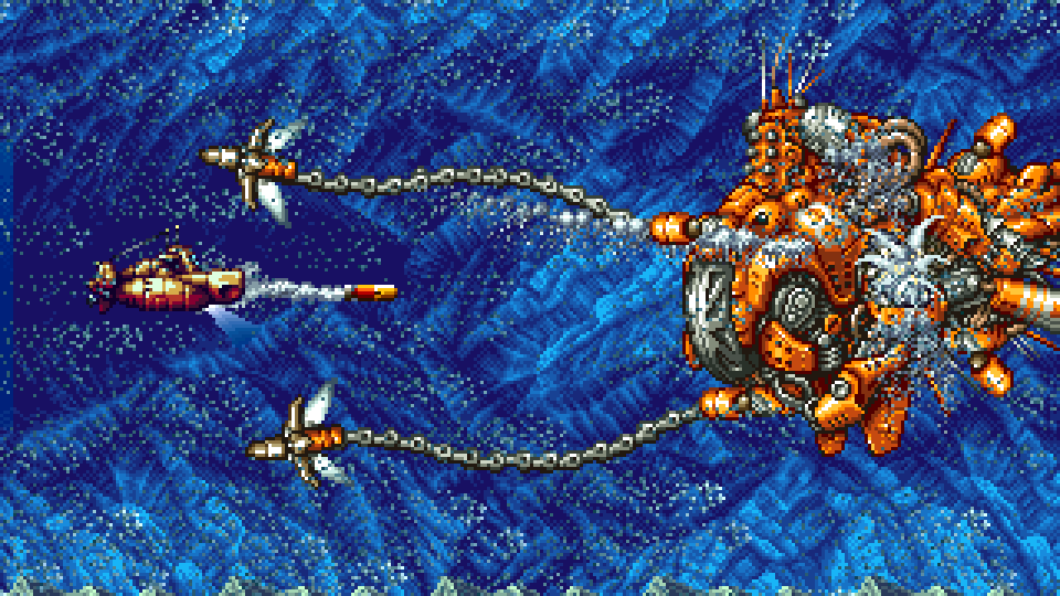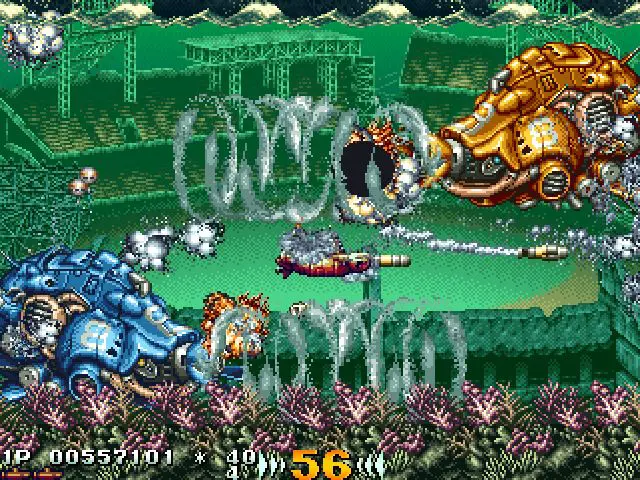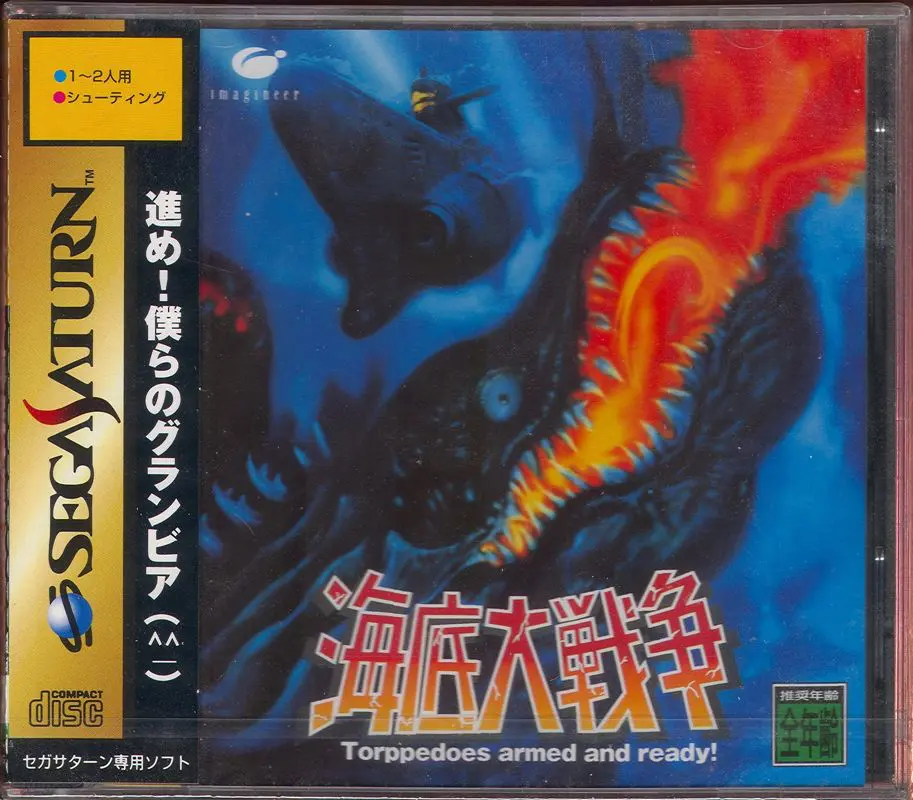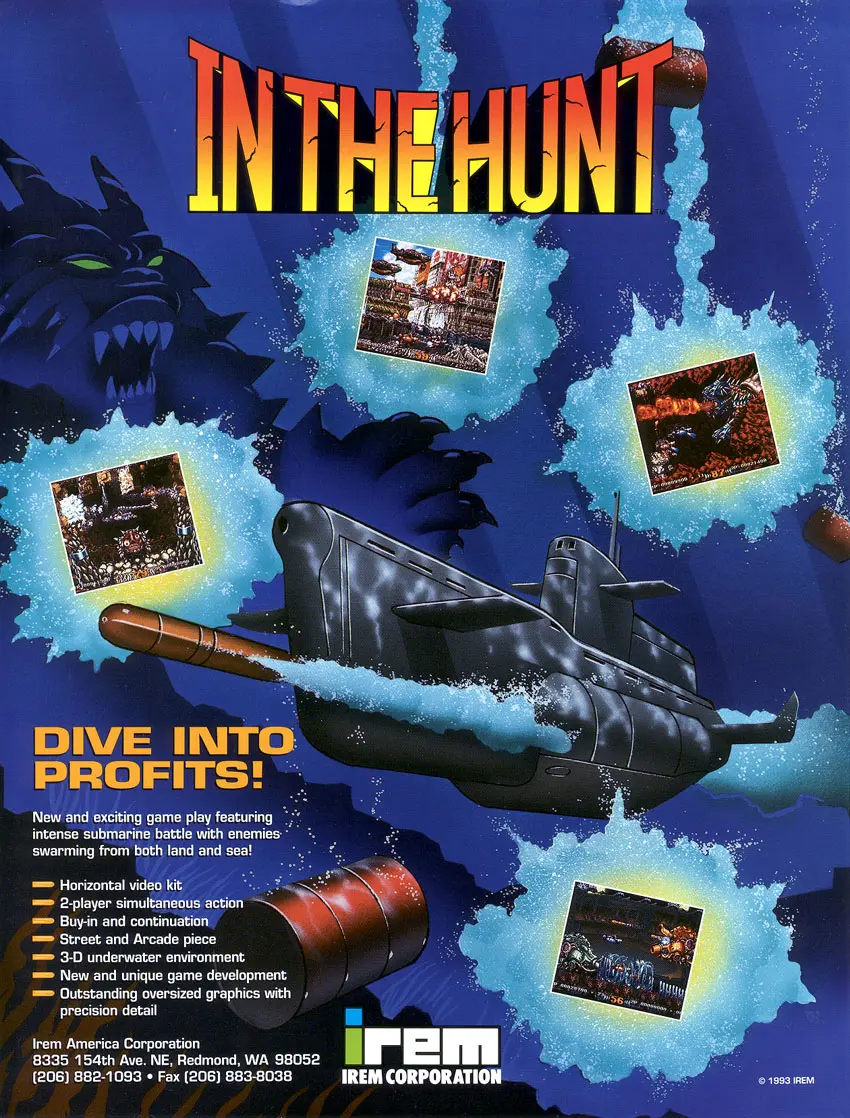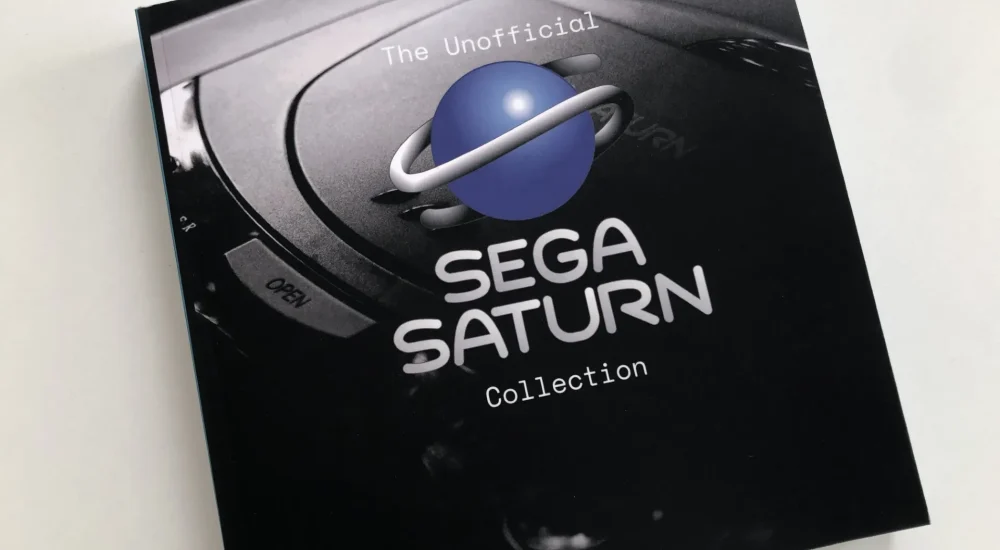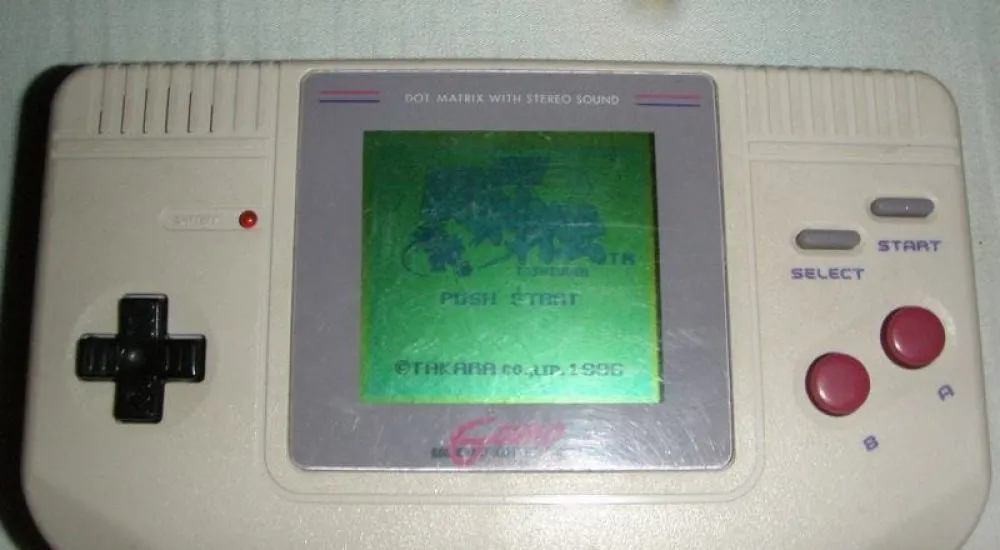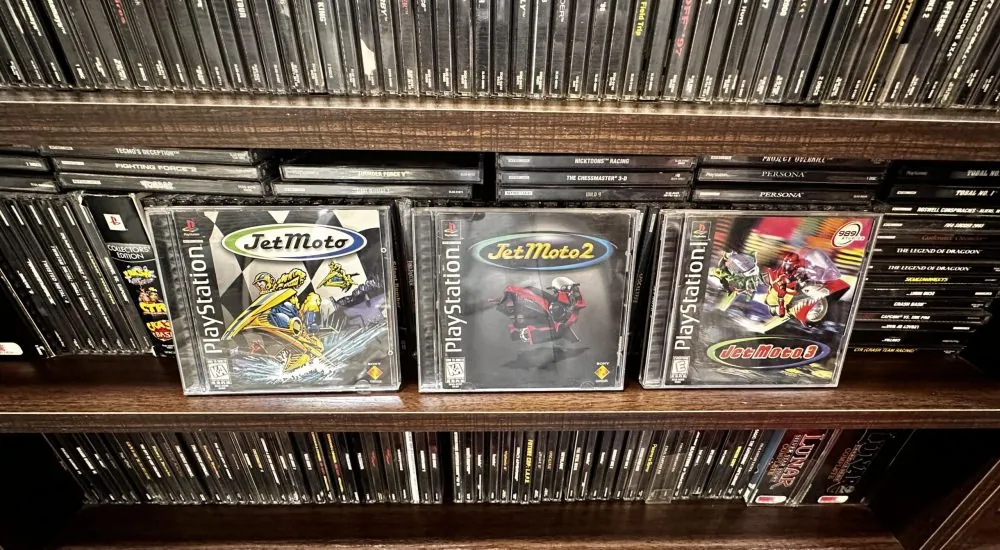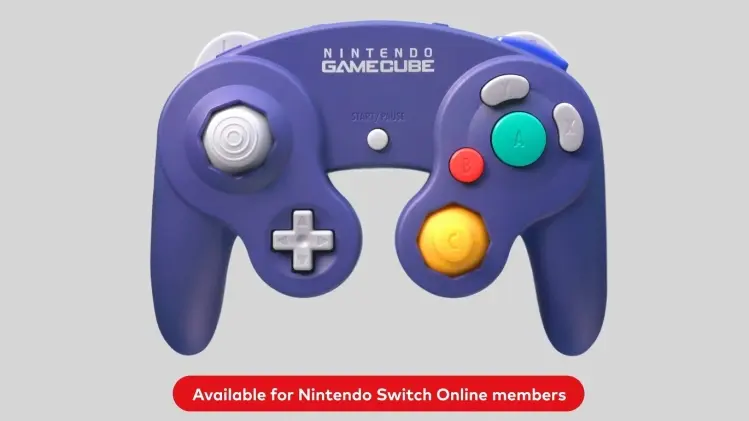The ’90s proved to be a challenging time for the Japanese game company Irem, widely recognized for timeless hits such as Moon Patrol, Kung-Fu Master, and the R-Type series. During this period, Irem, once a prolific name in the arcade and console gaming industry, experienced a downturn, failing to replicate the success of their heyday and teetered on the brink of closure. Several of their games remained exclusive to Japan, while others, including the well-received Ninja Baseball Bat Man, saw international release in remarkably scarce quantities. Despite these hard times, Irem remained devoted to crafting games of quality, leaving a lasting impression on their audience to this day. Among these enduring titles is In the Hunt.
Referred to as Kaitei Daisensou in its native Japan, which translates to “Undersea War,” In the Hunt made its debut in April 1993 on the Irem M-92 arcade system. Its creation is noteworthy as it was helmed by the same team that would later establish Nazca Corporation and become famed for the Metal Slug series. The resemblance to Metal Slug is striking, from the intricately detailed visuals to the energetic soundtrack. In Japan, the game is celebrated as one of Irem’s finest and enjoys a cult-classic status, whereas internationally, it’s known primarily among enthusiasts and collectors. It’s a hidden gem of a shooter, offering engaging gameplay and distinctive mechanics that set it apart.
In the Hunt‘s gameplay is reminiscent of a fusion between R-Type and Metal Slug. Players commandeer the “Granvia” submarine on a mission to thwart the nefarious Dark Anarchy Society (DAS), who aim to unleash a devastating super-weapon on an already-ravaged Earth, much of which is submerged due to polar ice cap melting. Equipped to fire torpedoes both forward and upward, the Granvia can also deploy devastating depth charges that detonate on contact with submerged targets. The game introduces an unusual feature for the time: players can control the screen’s scrolling, allowing for a personalized playing tempo by moving the submarine forward or backward — but beware the relentless countdown of the time limit. Power-ups available in the game will be familiar to R-Type fans, offering upgrades like a formidable machine gun, undulating wave shots, and a “cracker” shot that unleashes a volley of bullets. The game also offers a two-player mode for shared adventure.
Visually, In the Hunt impresses with its gorgeous 2D shooting experience. Anyone familiar with Metal Slug will recognize the similar artistic style and exquisitely animated sprites, paired with vibrant and meticulously crafted backgrounds. The graphics alone make In the Hunt a standout title. However, the soundtrack is more hit-or-miss, with some tracks like “South Pole” for the first stage being catchy and well-composed, while others come across as uninspired, failing to capture the thrilling atmosphere of underwater combat. A surprising fact is that the composer for Metal Slug, known as “HIYA!”, was originally slated to score In the Hunt but was reassigned at the last minute to work on Image Fight II.In the Hunt undoubtedly brings a lot to the table, though it isn’t without its imperfections. The chief complaint is its punishing difficulty level, which can border on maddening. Some levels are seemingly designed to torment, with vertical-scrolling segments extending endlessly before a surprise attack from unseen adversaries. Its speedy projectiles and hordes of foes certainly put its toughness on par with the R-Type series. The game concludes quickly with a mere six stages, but each is quite extensive and time-consuming to complete. The sluggish pace of the player’s submarine, the Granvia, drew criticism from video game publications at the time, yet it isn’t a dealbreaker. Despite these issues, In the Hunt captivates with its enjoyable gameplay and originality and remains an underrated treasure, largely overlooked by arcade enthusiasts. Fans of the Metal Slug series are bound to appreciate In the Hunt as well. Released a year prior to Irem shutting down its video game sector to restructure in 1994, In the Hunt stands as one of the company’s final arcade offerings. Although not the ultimate shooter, it was a noteworthy finale for the creators of R-Type and Ninja Spirit.
The game was transitioned to the PlayStation and Saturn in 1995, thanks to THQ (under their Kokopeli label) and Xing Entertainment, respectively. While Saturn ports often surpass their counterparts, the PlayStation version of In the Hunt rises to the top. It manages to maintain smooth performance and preserve the compelling gameplay of the original. The Saturn port, on the other hand, struggles with slowdown and includes a lackluster opening cutscene. There’s even talk of it being incompatible with certain models of the console. Xing also crafted a Windows 95 adaptation in 1997 that was exclusive to Japan. While it still suffers some slowdown and sprite flickering, it’s a considerable step up from the Saturn release, complete with a rapid-fire feature. These adaptations also offer a reconfigured soundtrack; the Saturn’s audio is quite impressive, whereas the PlayStation and Windows 95 versions replace the original tunes with less memorable tracks. The most recent iteration by Hamster Corporation, available on the Switch and PlayStation 4 as part of their Arcade Archives series, provides bonus content and online leaderboards, making it the premier option for playing the game.
An SNES conversion was in the works, and even previewed in playable form at the 1994 Consumer Electronics Show. It was, however, never published. Considering the expected downscaling due to the console’s limitations, and Irem’s track record of struggles with SNES programming, it’s probably for the best that it remained unreleased.
